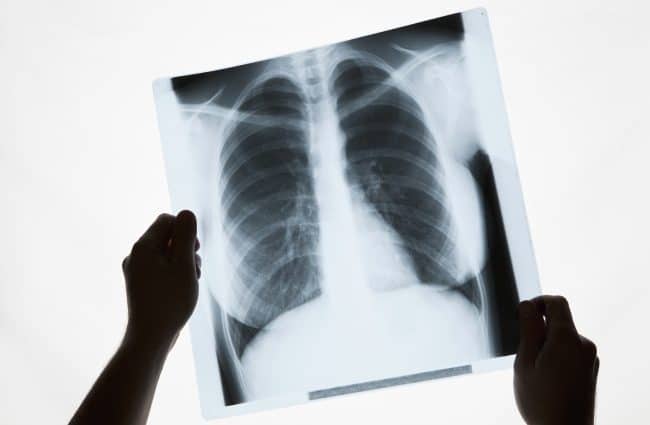When an individual is diagnosed with lung cancer, it is a common thing to detect pleural effusions in him too. Pleural effusions are obviously not a safe thing to be diagnosed but it is not dangerous if it is dealt with immediately. It is important the doctor states whether or not the pleural effusion is cancerous.
What is pleural effusion ?
It is the extra fluid that begins to fill up the space around the pleural cavity which is in simpler words the lungs. Obviously if there is an excess of this fluid around the lungs, it limits the space that the lungs require to respire and hinders the process of breathing for the individual.
Causes and Diagnosis of Pleural Effusion
There are a number of kinds of fluids that can fill up this space – hemothorax or blood, pyothorax or pus, chylothorax or chyle and hydrothorax or serous fluid. Chest x-rays help to diagnose pleural effusions but medical history of the person concerned as well as a thorough physical check up is essentials to ensure that the diagnosis is absolutely correct. 50 ml of fluid can be absorbed by chest films on an average and 300 ml of fluid is required at the least for the optimum functioning of the organs. The moment there is more than 500 ml of fluid, there are chances that the individual is suffering from pleural effusion and symptoms begin to emerge. These symptoms include diminished breath, lack of movements of the chest, reduced vocal resonance etc. above the area where the effusion takes place there might be something similar to bronchial breathing. If the effusion is in an aggravated stage there are chances of a tracheal deviation occurring.
It is understood from the result of medical studies that pleural effusions tend to sediment at the lower part of the region because of the effect of gravity. It is important to determine the cause of the effusion the moment it is diagnosed. Fluid that accumulates in the pleura can be extracted or sucked out with the help of thoracentesis. This mechanism helps to vacate the pleural space of unnecessary fluid which at times does only lack purpose but might also be dangerous. In the process of thoracentesis, a needle is put into the person through behind his chest cavity and then some intricate measures are taken to evaluate the fluid inside.
The fluid can be tested for a number of things a few of which are – the bacterial infections which are being carried in the fluid, the cell count of the fluid, the chemical composition of the fluid, whether or not the fluid is cancerous by nature and other details which will help the doctor to advise the patient about the prognosis measures he needs to adopt. Pleural effusion does not lead to lung cancer though it is evident enough that if the effusion is cancerous or malignant and left untreated then the organs that it surrounds will obviously begin to falter in due course of time.
